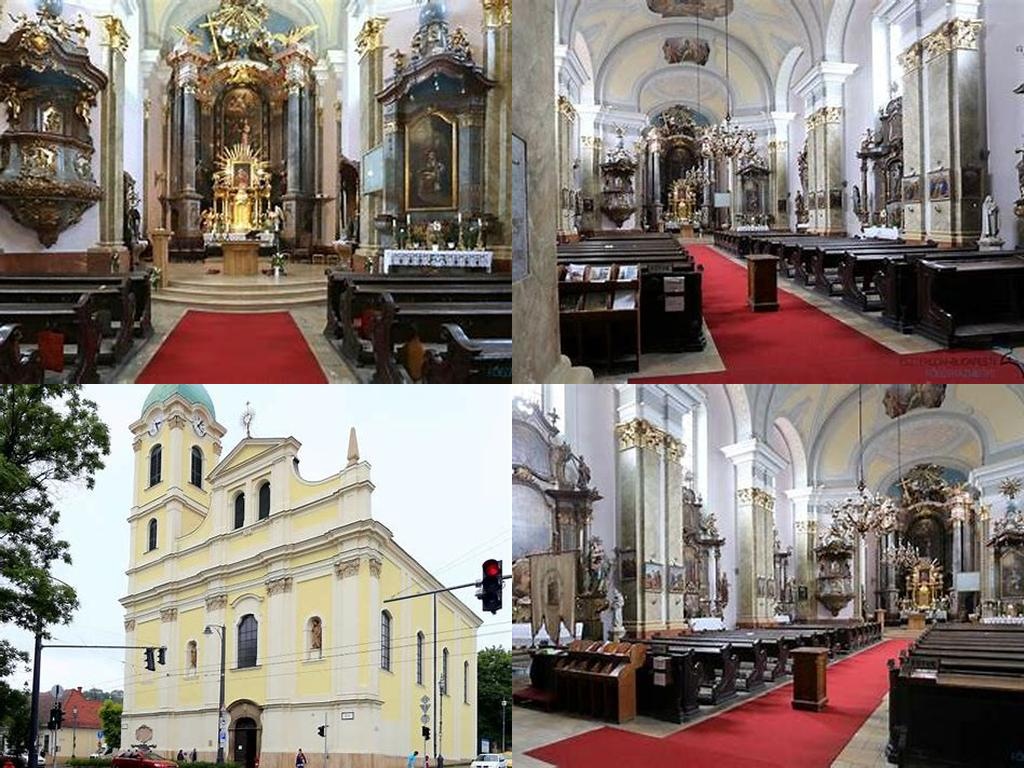
Újlaki plébánia, nestled in the heart of Budapest’s historic Second District, is the sort of place where layers of time and community gently overlap. Whether you’re wandering Budapest for its legendary baths, its coffeehouse culture, or its Danubian vistas, turning a corner to discover this parish church offers a quieter, more intimate kind of encounter with the city’s living history. Far from the throngs that fill Buda Castle or the Fisherman’s Bastion, the Újlak Parish stands as a testament to endurance, faith, and countless stories spanning centuries.
The history of Újlak Parish stretches back to the mid-18th century, a hearty period for church-building in Pest-Buda. The current baroque church building was completed in 1761, with its earliest congregation forming just a bit earlier as the neighborhood of Újlak was blooming outside the city walls. Its construction was beautifully timed: populous districts needed their own places of worship and community gathering, and this church soon became the glowing heart of local life. The parish’s history was shaped not only by priests and parishioners but by passing empires, wars, reformations, and the ever-changing face of Budapest itself.
What makes this church truly special, even to the casually curious visitor, are the vivid stories housed within its unassuming baroque façade. Step inside, and you’ll see light shimmering across gilded altars, 18th-century frescoes, and rows of polished wooden pews that have witnessed everything from peaceful Sunday masses to the turbulence of war. Notable among its treasures is the main altar, dedicated to Saint John of Nepomuk, whose image is a gentle constant for Újlak’s changing generations. Art history lovers will be drawn to the architectural harmony and ornamentation, while those fond of local folklore may be interested in the small side altar dedicated to Saint Roch, a patron invoked especially during plague years.
Community and continuity are at the core of Újlak Parish’s appeal. The churchyard once bustled with market stalls, modest processions, and celebrations of every rhythm of life, from christenings to weddings. It even survived the turbulent times of the World Wars, during which its walls sheltered both the scared and the hopeful. After 1945, when much of Budapest was marked by hardship, locals found solace and a sense of unity here. Over the decades, the parish has fostered everything from children’s choirs to spirited charitable initiatives—proof that its purpose outpaces bricks and mortar.
Újlaki plébánia is more than just a relic. Spend a quiet hour here, and you may catch an elderly parishioner lighting a candle, or hear the robust echo of the organ during a choir practice. Its walls celebrate the lives and stories of everyday Hungarians—generations of families who marked their joys and losses in this gentle sanctuary. A stroll around the surrounding streets reveals the old true face of Újlak, where red-tiled roofs meet narrow cobbled lanes, and where lively cafés cater to parishioners after mass just as they might have two hundred years ago.
Visiting Újlaki plébánia isn’t about gawking at grandeur or chasing famous names. Instead, it’s an invitation to pause, listen, and feel the accumulated spirit of a neighborhood that has outlasted empires and endured every turn of Budapest’s eventful history. For the traveler with patience and curiosity, it’s a rare chance to be welcomed—as a quiet observer if not a participant—into the heartbeat of an old Buda district, and to find in a small baroque church a gentle thread that connects past and present.





